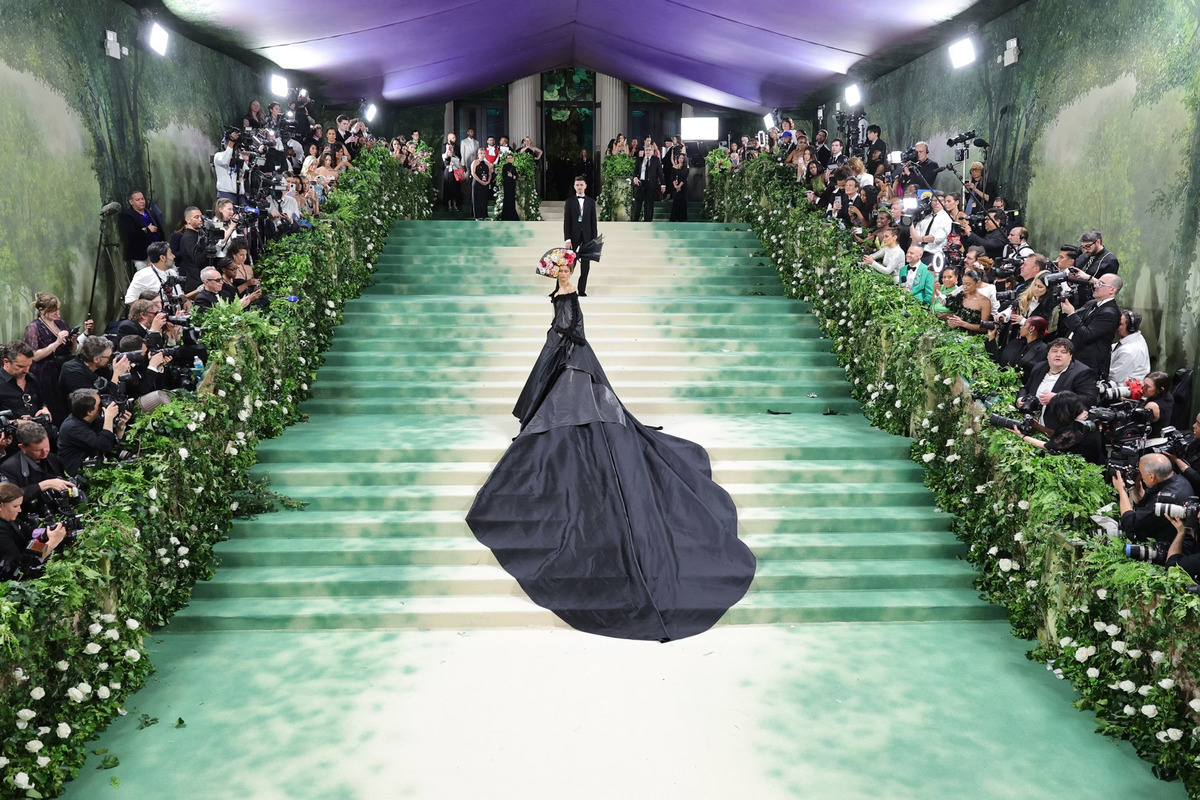Navratri, a significant Hindu festival, celebrates the divine feminine and the victory of good over evil. It spans nine nights, during which devotees honor different manifestations of Goddess Durga. Each day of Navratri is associated with specific colors, and yellow holds a special place in the festivities. Here’s a look at the importance of the yellow color during Navratri.
Symbolism of Yellow
- Joy and Positivity: Yellow is often associated with happiness, optimism, and positivity. It represents the vibrant energy of the sun and is believed to bring joy and cheerfulness to those who wear it. During Navratri, the color yellow reflects the enthusiasm and zeal of the devotees as they come together to celebrate.
- Fertility and Prosperity: Yellow is also linked to fertility and prosperity. In many cultures, the color is seen as a harbinger of good fortune. Wearing yellow during Navratri is believed to attract wealth and abundance, both spiritually and materially.
- Spiritual Enlightenment: Yellow is associated with knowledge and wisdom, symbolizing the illumination of the mind and soul. It encourages devotees to seek enlightenment and spiritual growth, aligning with the essence of Navratri as a time for introspection and devotion.
The Role of Yellow in Rituals and Celebrations
- Day 1 of Navratri: Yellow is particularly significant on the first day of Navratri, dedicated to Goddess Chandraghanta. Devotees worship her for strength and courage. Wearing yellow on this day symbolizes the surrender of one’s ego and the acceptance of divine guidance.
- Decorations and Offerings: Yellow flowers, such as marigolds, are commonly used in decorations and offerings during Navratri. These bright flowers enhance the festive atmosphere, adding vibrancy to the puja rituals. They are also offered to the goddess as a sign of devotion and reverence.
- Community and Togetherness: The color yellow fosters a sense of unity and togetherness among devotees. During Navratri, community gatherings, dance, and celebrations often feature yellow attire, creating a joyful and inclusive environment.
Fashion and Style
During Navratri, many choose to wear traditional attire in yellow, ranging from sarees to lehengas and kurta sets. The color not only enhances the festive spirit but also adds a radiant touch to the celebrations. Wearing yellow outfits signifies a connection to the divine and embodies the themes of joy, prosperity, and spiritual growth.
Conclusion
Yellow, with its associations of joy, prosperity, and enlightenment, plays a vital role in the celebrations of Navratri. It reflects the festival’s essence of celebrating the divine feminine and encourages devotees to embrace positivity and spiritual growth. As you celebrate this Navratri, consider incorporating yellow into your attire, decorations, and offerings to honor the significance of this vibrant color and its connection to the festival. Embrace the spirit of yellow and let it illuminate your path during these nine sacred nights.











